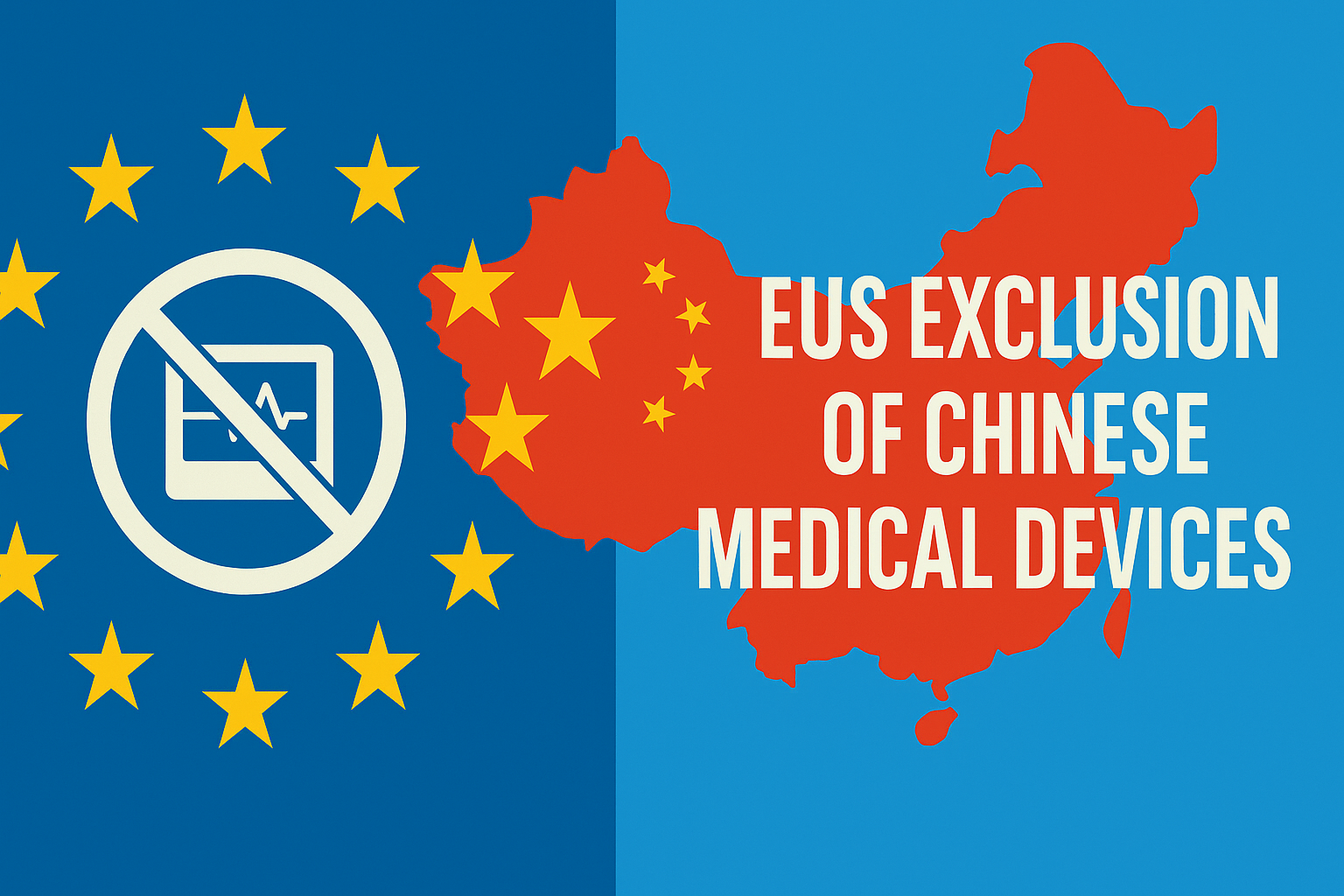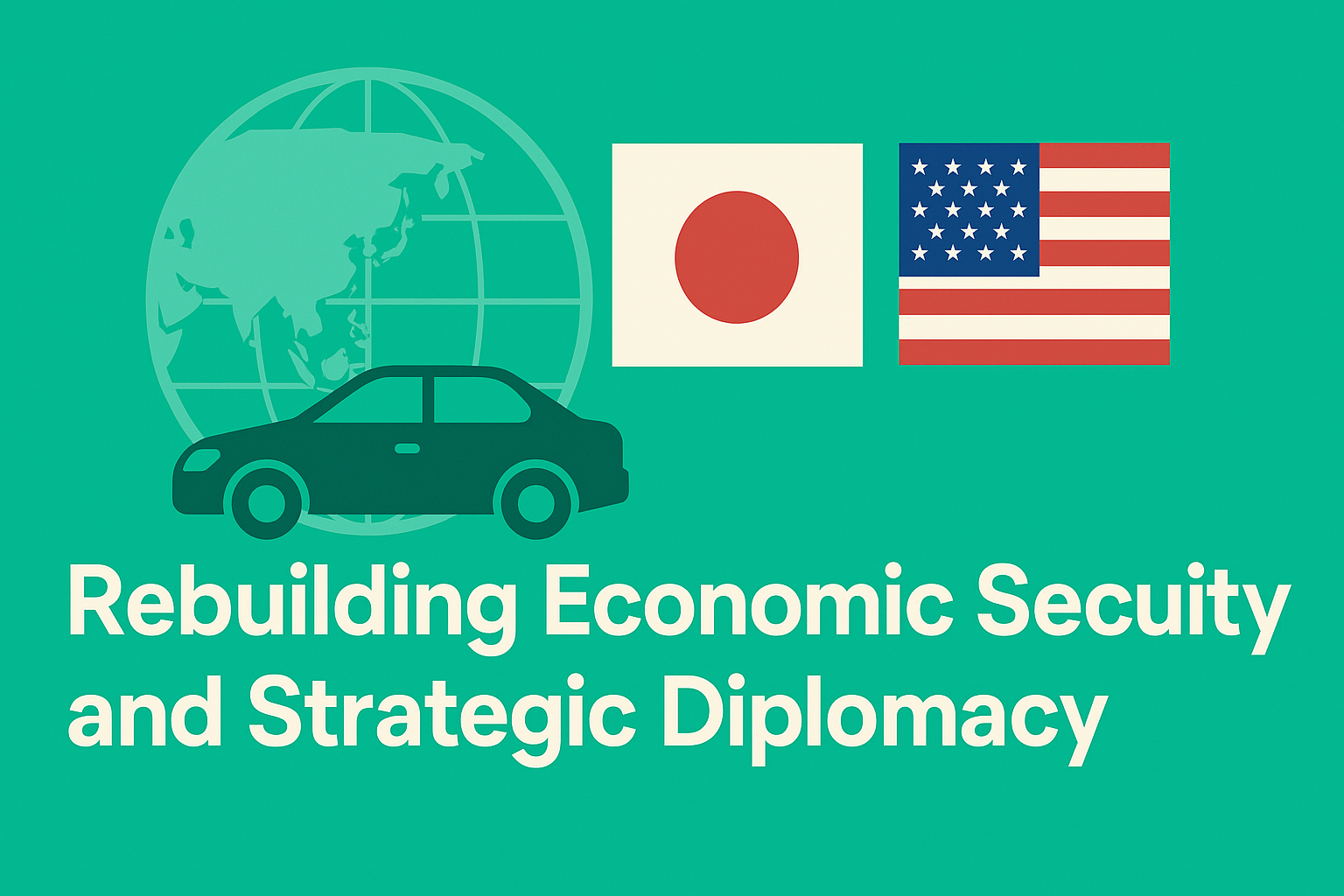— A Turning Point Toward Strategic Rivalry —
Author: Senior Economist, International Political Economy
Date: July 2025
- Overview: EU’s First Institutional Countermeasure
- 2. Background: EU’s Strategic Objectives
- 3. China’s Likely Response and Risks of Retaliation
- 4. Medium-Term Impacts: Strategic Recalibration and EU Internal Frictions
- 5. Long-Term Outlook: Geoeconomic Fragmentation and “Procurement Blocs”
- ✅ Conclusion: Institutional Decoupling as the New Normal
- 📚 Sources and References
Overview: EU’s First Institutional Countermeasure
In June 2025, the European Union officially enacted its first measure to exclude Chinese-made medical devices from its public procurement system. Under this rule, Chinese companies are barred from participating in EU public procurement contracts exceeding €5 million in value for medical devices, and procurement contractors must ensure that Chinese-origin products or subcontractors account for no more than 50% of the contract.
This move represents the first activation of the International Procurement Instrument (IPI), introduced in 2022, and marks a symbolic shift in the EU-China economic relationship from mutual engagement toward managed decoupling and strategic competition.
2. Background: EU’s Strategic Objectives
a. Retaliation Against Asymmetric Market Access
For years, the EU has criticized China for limiting access to its public procurement market. The Chinese government’s “Buy China” policy and non-transparent procurement criteria have effectively excluded foreign firms, particularly in medical equipment, rail transport, and telecommunications infrastructure.
An EU investigation launched in April 2024 found that over 87% of Chinese public procurement tenders were systematically designed to disadvantage European suppliers. This triggered the first enforcement of the IPI framework.
b. De-risking as a Policy Doctrine
Since 2023, the EU has institutionalized a “de-risking” strategy, aimed at reducing dependence on strategic Chinese imports. The exclusion of Huawei from 5G, tariff investigations into Chinese EVs, and now the restriction of medical device imports all reflect this broader agenda of strategic industrial policy and economic security.
3. China’s Likely Response and Risks of Retaliation
China’s Ministry of Commerce has already condemned the EU’s move as “blatant protectionism.” Potential retaliatory steps include:
- Excluding EU firms from Chinese public procurement bids.
- Increasing scrutiny of EU firms through opaque regulatory processes.
- Filing a formal complaint with the World Trade Organization (WTO).
- Halting bilateral economic dialogues or freezing market access reforms.
China is likely to employ asymmetric, non-transparent responses, such as informal consumer boycotts of EU brands (e.g., German cars or French cosmetics), or raising non-tariff barriers under the guise of national security.
4. Medium-Term Impacts: Strategic Recalibration and EU Internal Frictions
This policy is expected to reshape both EU-China trade dynamics and intra-European political cohesion.
| Sector | Likely Impact | Notes |
|---|---|---|
| Medical Device Makers (Germany, Netherlands) | Supply chain relocation | Shift from China to ASEAN or intra-EU production |
| Automotive & Pharma | Risk re-evaluation | China-exposed sectors may accelerate “China+1” strategies |
| EU Internal Politics | Rising divisions | France and Nordic countries back decoupling; Germany and Hungary remain cautious |
These trends highlight a broader dilemma for EU policymakers: how to balance economic interdependence with geopolitical risk management.
5. Long-Term Outlook: Geoeconomic Fragmentation and “Procurement Blocs”
The fundamental implication of this measure is not limited to the medical device sector. It points toward a structural transformation of global public procurement:
- Rise of procurement blocs: EU, U.S., Japan vs. China, Russia, and Global South.
- Decline of rules-based global order in favor of retaliation-driven protectionism.
- China’s increasing use of BRICS+ or RCEP frameworks to consolidate its own closed procurement ecosystem.
We may witness a domino effect across strategic industries: clean energy, digital infrastructure, AI systems, and public transportation — each becoming zones of controlled access.
✅ Conclusion: Institutional Decoupling as the New Normal
This procurement exclusion is not just a tactical maneuver — it represents the institutionalization of mutual distrust. As both blocs weaponize trade rules and procurement law, the space for negotiation narrows.
EU-China relations are entering a new phase — one that prioritizes national resilience, technological sovereignty, and controlled economic engagement over the ideals of open-market globalization.
📚 Sources and References
- European Commission, Implementation of the International Procurement Instrument (IPI), June 2025
- Reuters, EU Bars Chinese Firms from Most Medical Device Tenders, June 20, 2025
https://www.reuters.com/business/healthcare-pharmaceuticals/eu-bars-chinese-firms-most-medical-device-tenders-2025-06-20/ - K&L Gates, EU’s Use of the IPI Against China: Legal and Strategic Implications, June 2025
- Financial Times, EU-China Procurement Tensions Rise Amid Strategic Competition, June 2025
- Bloomberg, EU Targets Chinese Tech with Procurement Sanctions, April–June 2025
- WTO Documents, Public Procurement Transparency Index, 2024–2025
- Bruegel Institute, EU-China Economic Decoupling: Scenarios and Strategic Options, 2024


